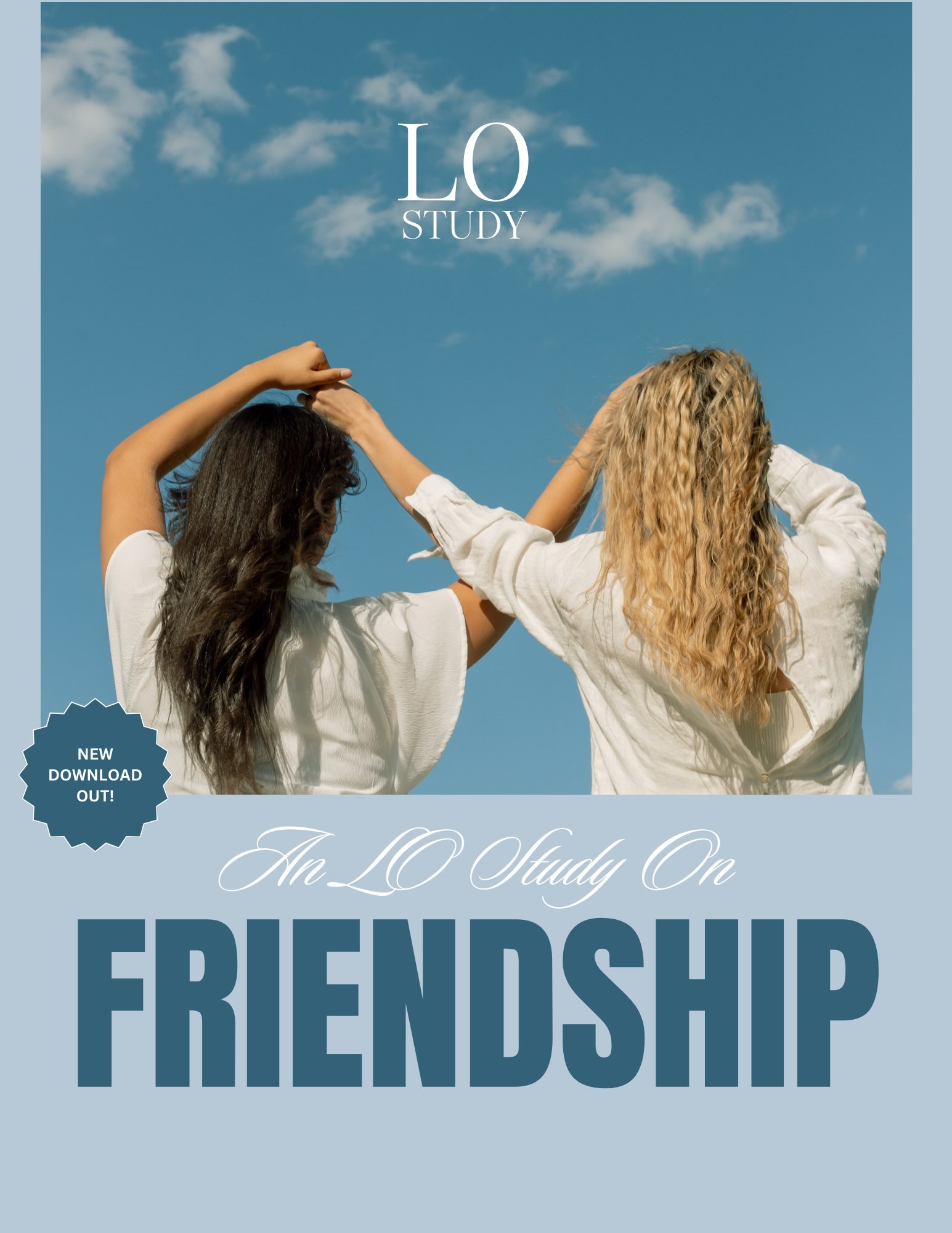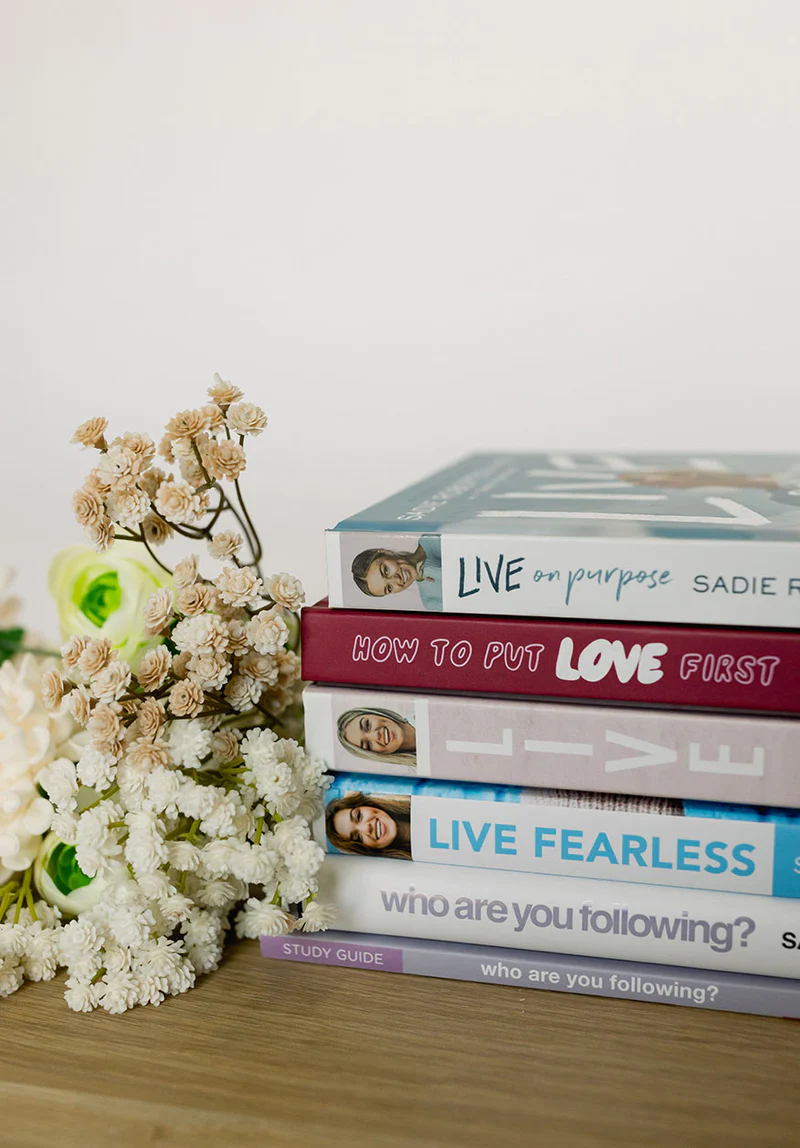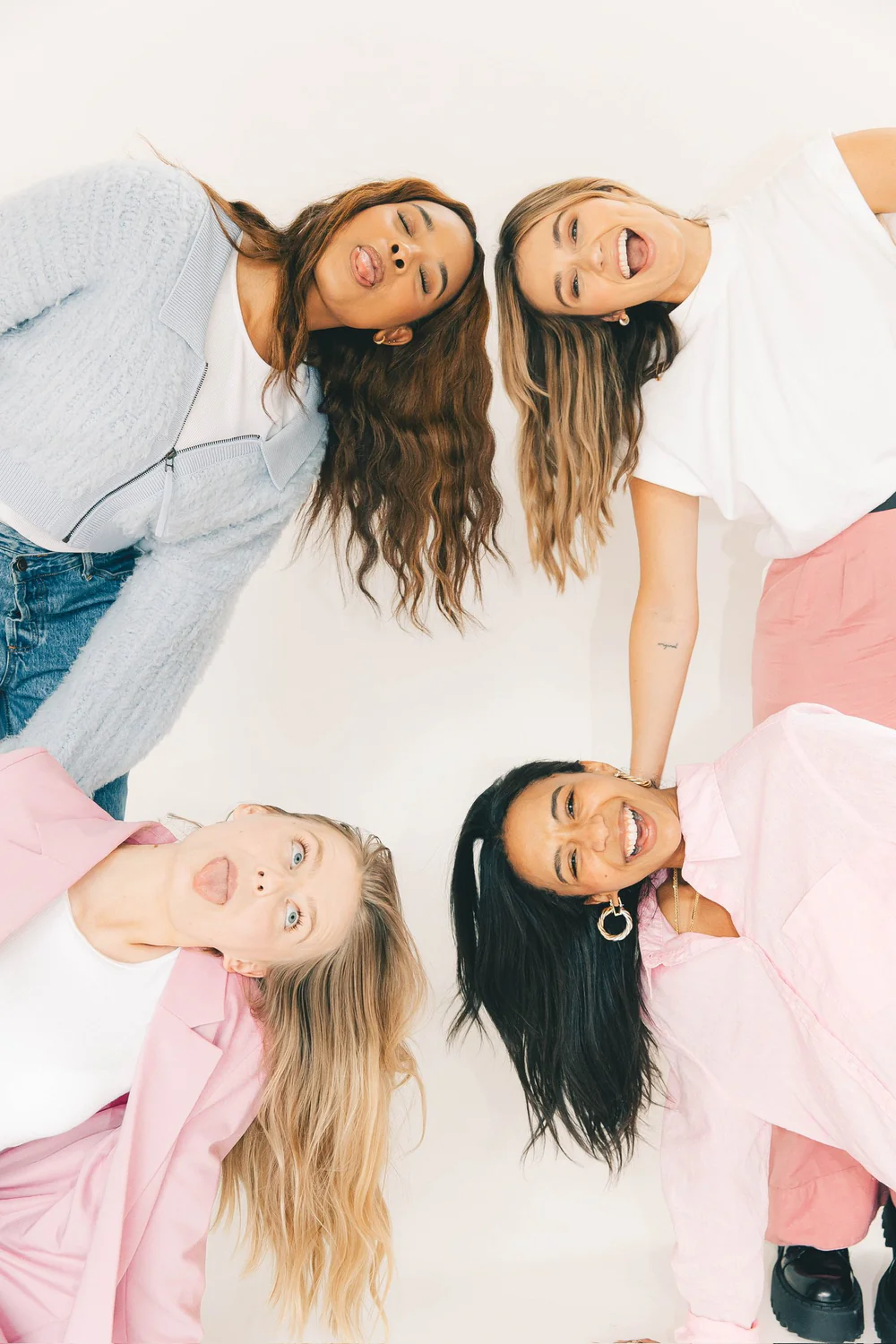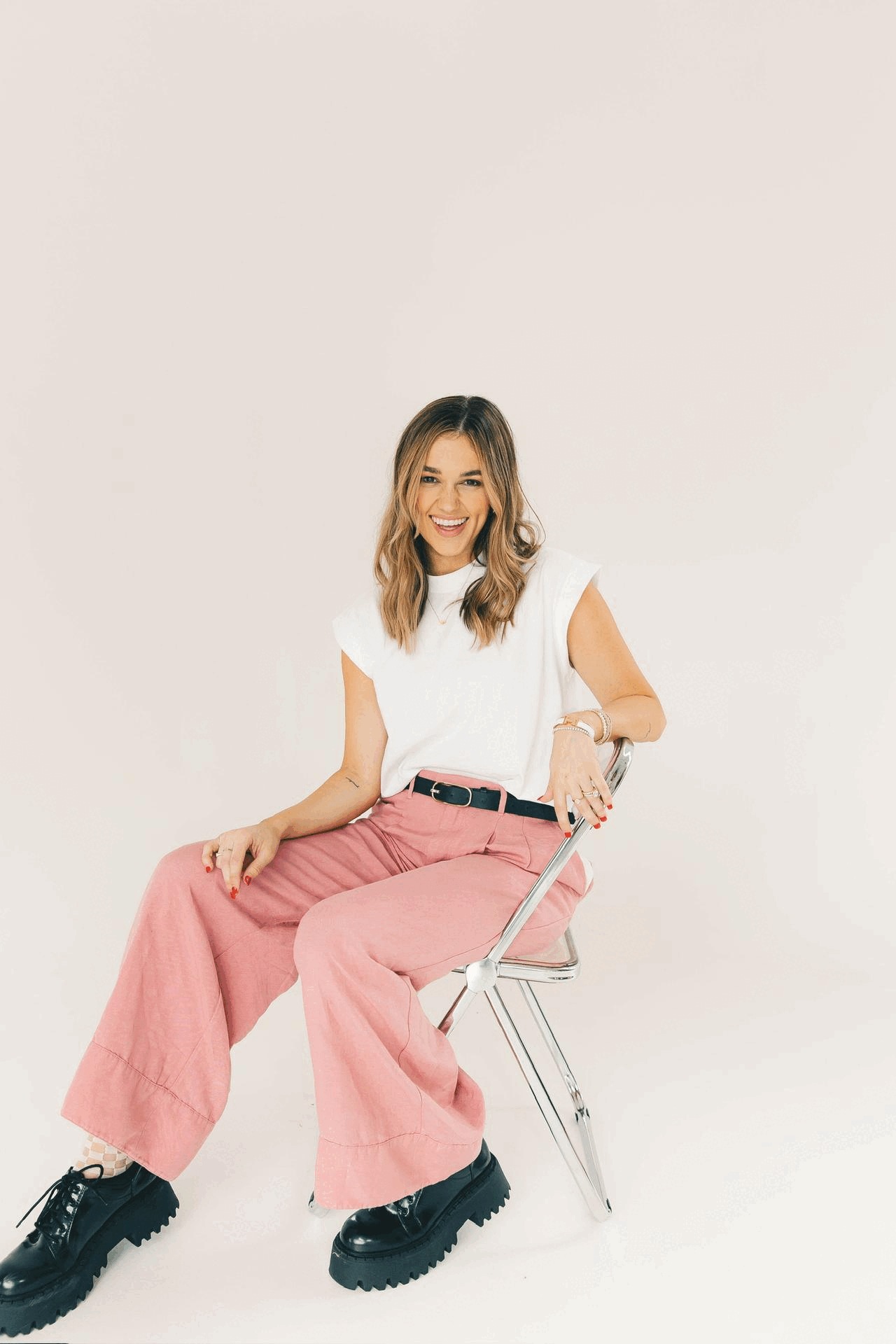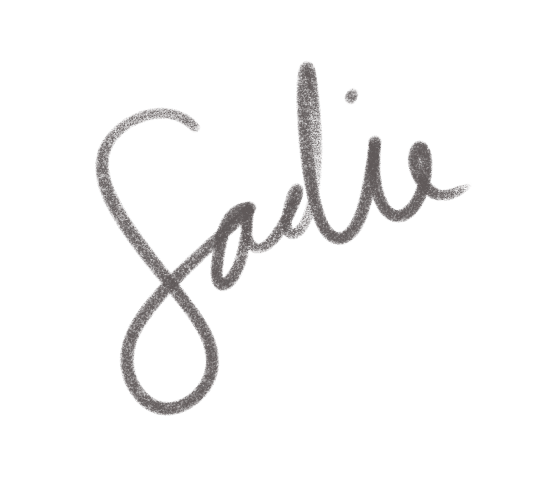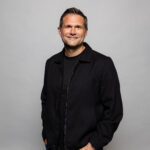
The Lies We Tell Ourselves
I remember the moment clearly. I was eight years old, crying under a pinball machine in my friend Kayla’s basement. As I heard her coming down the stairs to find me, I did my best to stop the tears.
We’d spent the day playing hide-and-seek, braiding our hair, dressing in matching outfits, and playing the way free-spirited young girls do. But as I wiped my tears under the pinball machine, my little spirit didn’t feel so free anymore.
A few minutes earlier, we’d skipped outside in matching black spandex shorts and T-shirts tied with scrunchies to show my friend’s parents how cute we looked as twins. While we stood in front of them awaiting their “oohs” and “aahs,” her dad turned to her mom and said, “Wow, look how much skinnier Kayla’s legs are than Robin’s.”
In that moment, my heart sank.
At eight years old, I was just beginning to notice the ways my body was different from my friends’ bodies and how my thighs were bigger and rounder than those of the girls with stick-straight legs. That comment from my friend’s dad pierced my heart and confirmed an emerging belief in my young mind: my body was bigger, and bigger was bad. My body was on display, and people were watching.
Decades later, here I am remembering that one tiny moment and still recovering from years of hating (and hiding) my thighs.
Of course, this wasn’t the sole event that led to years of struggle with my body image. There have been other piercing moments that confirmed my insecurities. Like when I was trying on costumes for a dance performance, and my calves were too big to fit in the go-go boots. The other girls easily slipped their feet in while the choreographer got onto her hands and knees to force my legs in, squeezing my calves and stretching the fabric to get the zipper up. Or when I was walking down the hallway of my college dormitory and I overheard a guy I was dating say I had a chin like Jay Leno’s. While these were not life-defining moments, they stung, and they formed an inner narrative that affirmed my insecurities for years.
I’m willing to bet you’ve had similar moments in your life, even if the specifics of your story are different from mine. While working with thousands of women as a Pilates instructor and as the founder of Lindywell, a global Pilates, health, and wellness company, I’ve discovered that somewhere along the way, we’ve all internalized false messages about our bodies, ourselves, and our worth that stick with us throughout the years.
I’m lucky to have grown up in a loving, supportive home where my parents didn’t put significant pressure on me to look a certain way or be a certain size. (Thank you, Mom and Dad!) And yet for most of my life, I struggled with body image and my relationship with food and exercise. I find this fascinating (and deeply concerning, as a mom of four young kids). My home was full of love and confidence-boosting messages, and my body shape was not far from the cultural “ideal,” yet I still spent an unreasonable amount of time and energy wishing I looked different. I spent many years restricting my food intake through fad diets, exercising to work off what I ate, and comparing my body to other women’s bodies as a measure of my success, worth, and value. And if I’m not careful, I’m still tempted to do that today.
So if this pressure to look a certain way wasn’t coming from my home and my family of origin, where did it come from?
The answer: everywhere else.
From a young age, women are taught to believe that our worth is measured by the size and shape of our bodies. Ads portray how happy we’ll be when we lose weight, reduce cellulite, or finally get that lean, toned bikini body. Back in the day, magazines sucked us in with messages about how much celebrities ate in a day or how they “bounced back” after pregnancy. Now we are bombarded by online articles and social media images that try to convince us that if we would just eat and exercise a certain way, we would achieve the ideal look and lifestyle. We spend hours each day peeking at the highlight reels of other people’s lives, all through the lens of filters and body-altering editing apps that have a subtle yet powerful impact on our self-image.
Movies and media depict beauty as a singular body type—a type that doesn’t represent the many sizes and shapes of actual women.
From a young age, we’re surrounded by comments like these:
“Oh, I shouldn’t eat that.”
“I really need to lose that baby weight.”
“I’m never going to be ready for swimsuit season.”
From a young age, we hear women complimenting one another on their physical appearance, with a frequent focus on the size and shape of their bodies. We’re taught that we need to change what we see in the mirror in order to be successful, fulfilled, relevant, and accepted. We think we have to punish our bodies with grueling exercise and harshly restrict our diets in order to reach an idealized size. We believe that if we just work hard enough, muster up more willpower, and hit some elusive “goal weight,” we’ll finally be healthier. And happier.
But what if the “rules” we’ve been sold by the diet and fitness industry don’t actually work? What if happiness, health, and vitality aren’t always found on the other side of losing ten pounds or slimming the size of your thighs?
Over the past thirteen years as a Pilates instructor and as the CEO of a wellness company with the mission of helping every woman live life to the fullest, I’ve come to realize just how common the struggle is to care for our health. And this is a struggle I know all too well. I’ve weathered years of putting my health on the back burner, restricting my food intake, carrying multiple pregnancies, navigating grief and pregnancy loss, trying every exercise plan imaginable, struggling with anxiety, and trying (and failing at) more diets than I can even count. After years of struggle, I made it my mission to find a better way—and I now spend my days helping other women do the same.
It’s time to shift the conversation away from rules, fads, and trends that leave us feeling lost and confused and toward what it truly means to be well in body, mind, and soul.
True wellness doesn’t come from a number on a scale, the size of your waist, or the absence of cellulite. True wellness is found when you live out your purpose, enjoy all that life has to offer, and break free from the mental prison of stressing about what you’re eating, how much you’re exercising, or how much weight you need to lose in order to really start living.
The goal is to feel good—not just in your body, but in your whole being. The next generation of girls deserves to be surrounded by and led by women who change the narrative so many of us grew up with. The tides are turning, and when we embrace a holistic approach to health and wellness, there’s hope for the future. As our individual lives change, this shift will create lasting ripple effects for our families and our communities.
It starts with us. It starts with you.
Adapted from Well to the Core: A Realistic, Guilt-Free Approach to Getting Fit and Feeling Good for a Lifetime by Robin Long. Copyright © 2023. Used by permission of Tyndale House Publishers, a Division of Tyndale House Ministries. All rights reserved.
